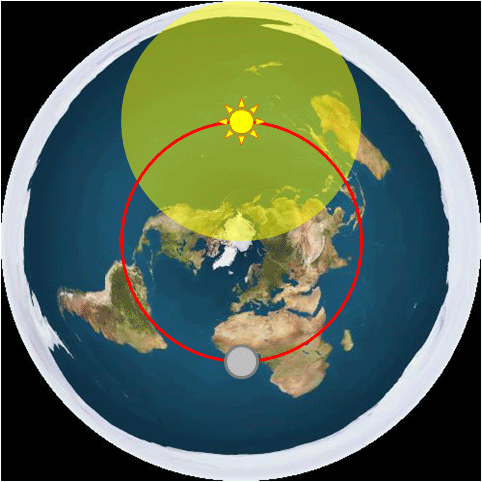1
Flat Earth Community / Re: Friendly discussion about "Flat Earth Theory"
« on: April 21, 2014, 04:51:55 PM »So the moon is never actually full during a "full moon"
Indeed. On a round earth model, a full moon is impossible. Just another example of how the flat earth model is superior.
You quoted me out of context, Thork. Left out "... except, oddly enough, during a total lunar eclipse". That's when the moon really IS full, though poorly illuminated because of the shadow. So a full moon is quite possible from this nicely rounded planet

t




